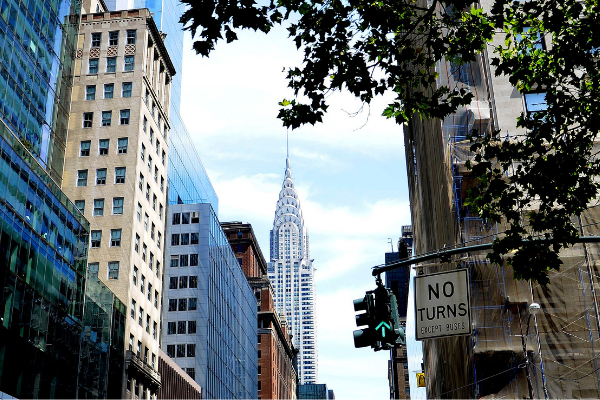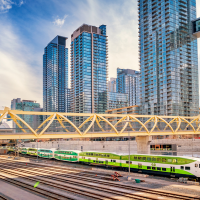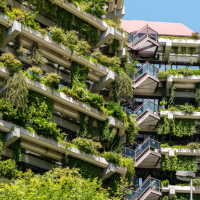An iconic building in the New York City skyline has undergone a remarkable regenerative transformation to reduce its carbon footprint. Despite being nearly 90 years old, the Empire State building's energy efficiency retrofit shows that historic buildings don’t have to be energy sinkholes. In fact, they can become leaders in not just sustainability but regenerative sustainability. For example, the retrofitting recaptures energy from the elevators that would be lost as heat. Since 2010, the project has “dramatically reduced the building's energy usage and saved millions of dollars in energy costs.” The retrofit included the replacement of all 6,514 windows, quadrupling the energy performance while reusing over 96% of existing materials on site. As well, the installation of an adaptive dimming system for interior lighting reduces the dependency on human behaviour change. Although this deep building retrofit was a significant investment, $550 million, its energy reduction of at least 38% per year since 2010 resulted in a payback period of only 3 years. A prime example of leading from the edge to integrate energy efficiency with sustainable building design to regeneration.
Learn about Space, Places and Possibilities here.

Photo by JRouse from Getty Images/Canva
- Log in to post comments



CRC Comments